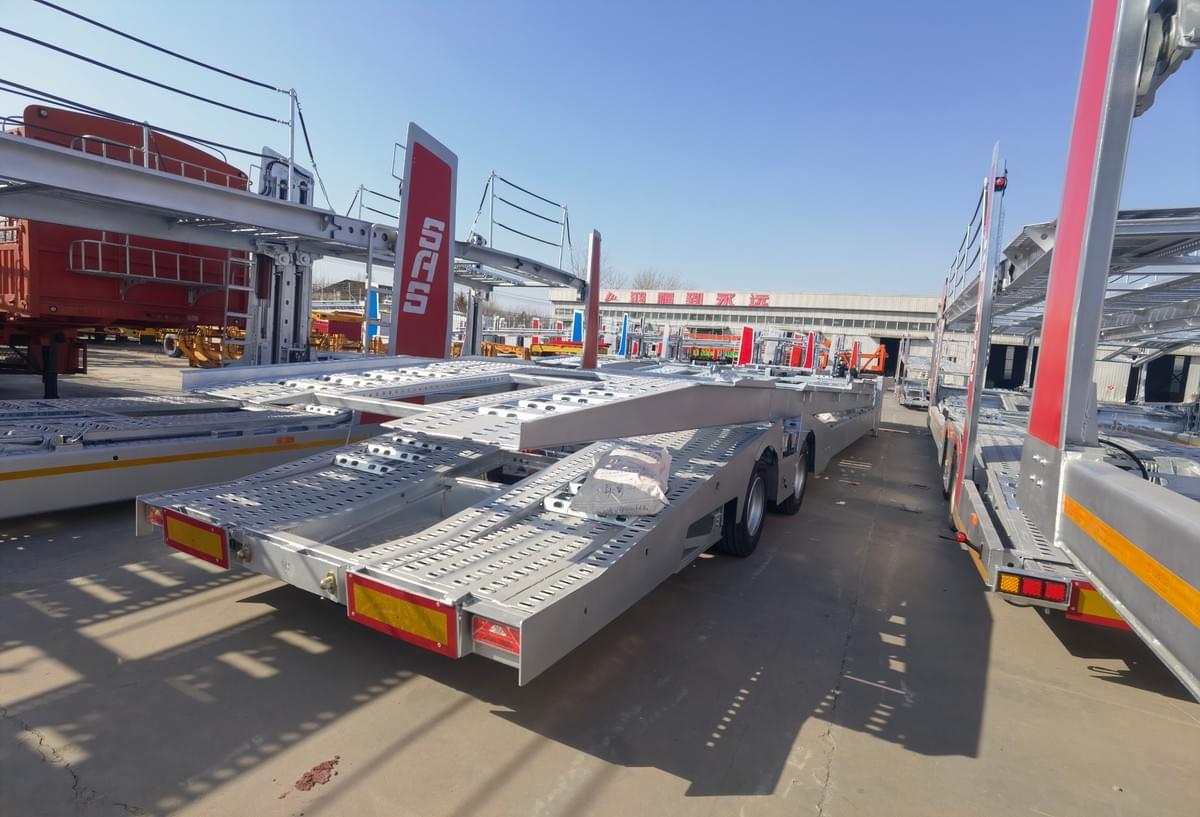When the weight of the cargo is large, avoiding overloading is the key to ensuring transportation safety and vehicle stability. Here are some specific methods and measures:
1. Rationally plan the cargo layout
- Evenly distribute the weight: When loading cargo, try to evenly distribute the cargo in the compartment to avoid weight concentration on one side or one end. This can be achieved in the following ways:
- Place the cargo in the center of the compartment, rather than near the sides or tail of the compartment.
- Use pallets or frames to fix the cargo in the middle of the compartment.
- For multiple cargoes, they should be staggered to ensure that the weight is evenly distributed.
- Use counterweight: If the weight of the cargo is unevenly distributed, some lighter cargo can be placed on the other side or one end of the compartment as counterweight to balance the center of gravity of the vehicle.
2. Use cargo fixing devices
- Transverse cargo blocking bars: Install transverse cargo blocking bars in the compartment to separate the cargo into multiple areas to prevent the cargo from moving during transportation.
- Mobile Stabilizer: Use mobile stabilizers to secure the cargo in the compartment to ensure that the cargo does not slide or tip over during driving.
- Fasteners: Use fasteners (such as straps, chains, etc.) to securely secure the cargo to the floor of the compartment to prevent the cargo from shifting during transportation.
- Anti-skid pads: Place anti-skid pads between the cargo and the compartment floor to increase friction and prevent the cargo from sliding.

3. Adjust the center of gravity of the cargo
- Center of gravity position: Make sure the center of gravity of the cargo is as close to the center of the compartment as possible. If the center of gravity of the cargo is high or biased to one side, you can balance the center of gravity by adjusting the placement of the cargo or using counterweights.
- Layered loading: For multi-layer cargo, heavier cargo should be placed on the bottom layer and lighter cargo on the upper layer to lower the center of gravity height of the cargo.
4. Vehicle center of gravity adjustment
- Adjust the vehicle suspension system: If the center of gravity of the vehicle is unevenly distributed, you can balance the center of gravity of the vehicle by adjusting the suspension system. For example, increase or decrease the pressure of the air suspension to adjust the balance of the vehicle.
- Use a balancing device: Some vehicles are equipped with a balancing device, which can be adjusted to balance the center of gravity of the vehicle.
5. Loading and inspection
- Inspection during loading: During loading, the placement and fixation of the goods should be constantly checked to ensure that the center of gravity of the goods is evenly distributed.
- Inspection after loading: After loading, check the fixation of the goods again to ensure that the goods will not move during transportation. At the same time, check the center of gravity distribution of the vehicle to ensure the driving stability of the vehicle.
6. Precautions for driving operation
- Smooth driving: During transportation, the driver should maintain smooth driving and avoid sudden acceleration, sudden braking or sharp turns, which may cause the center of gravity of the goods to shift and increase the risk of overloading.
- Slow speed driving: When turning or passing through uneven roads, the speed should be reduced to reduce the roll force of the vehicle and ensure the stability of the goods.
7. Special Case Handling
- Overweight cargo: If the cargo weight exceeds the rated load of the vehicle, consider transporting it in batches or using a larger transport vehicle.
- Special cargo: For cargo with irregular shapes or unstable center of gravity, additional fixing measures should be taken, such as using brackets or frames to fix the cargo.
The above measures can effectively avoid overloading and ensure the safety of the cargo during transportation and the stability of the vehicle.
